The oil and gas market has experienced significant turbulence due to the COVID-19 pandemic, described by Harvard economist Kenneth Rogoff as the “mother of all shocks.” This event has led to dramatic fluctuations in energy prices, affecting global markets and economic stability.
Rogoff, a respected figure in the field, highlights the severe impact of the pandemic, emphasizing the extensive duration required for recovery and stabilization in the energy sector.
The Roller Coaster of Oil and Gas Prices
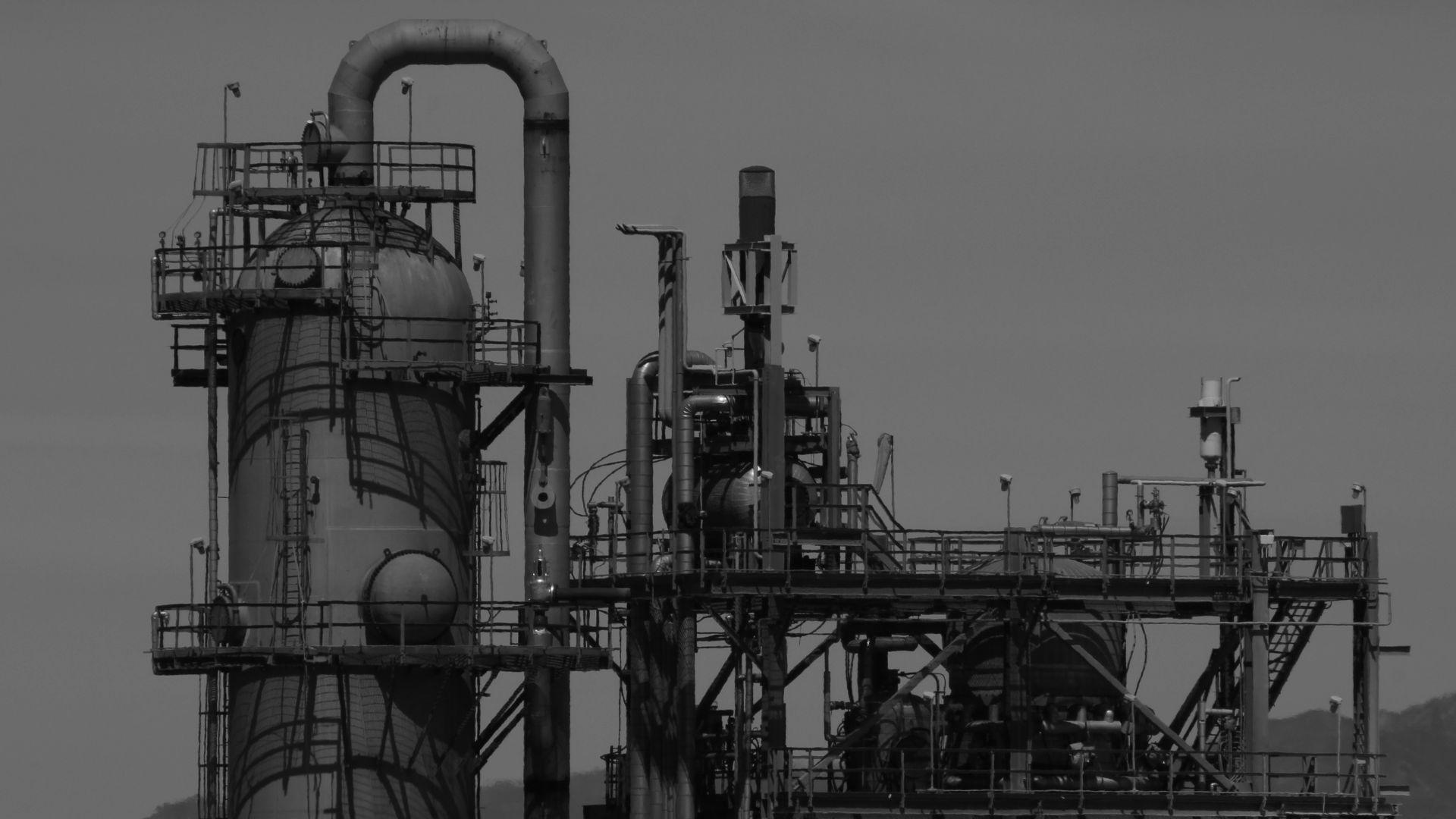
Business Insider reports that Rogoff, a Harvard professor and former chief economist at the International Monetary Fund, has observed a “wild ride” in oil and gas prices over the past few years.
The pandemic-induced supply-demand imbalance has significantly disrupted energy markets, leading to unpredictable price changes.
Dramatic Price Changes in the Energy Sector
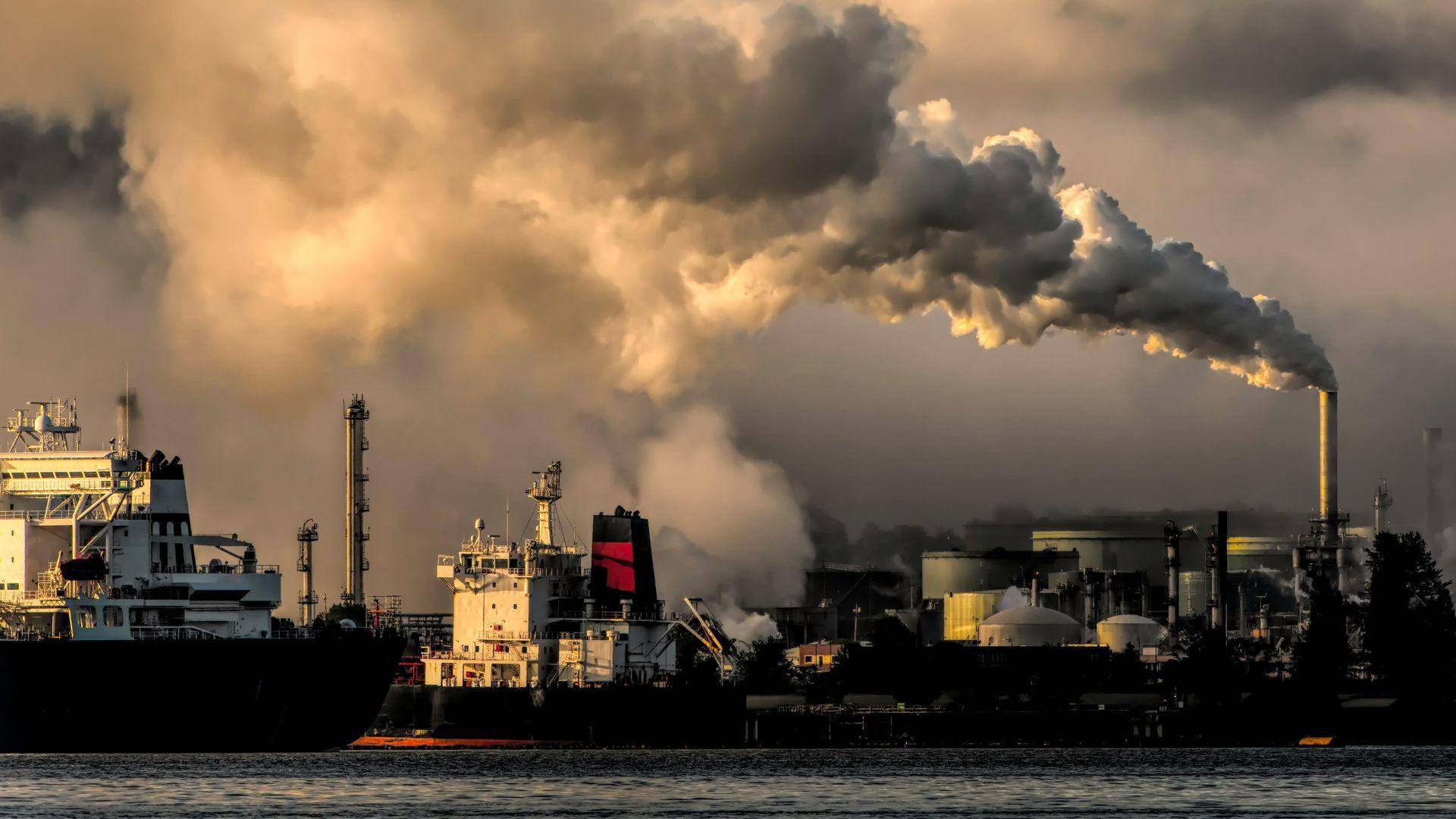
In an article for Project Syndicate, Rogoff notes that the energy market has seen remarkable swings in pricing, with Brent crude oil and US gas prices experiencing drastic changes. Brent crude plummeted to as low as $14 a barrel in 2020, only to surge to a peak of $133 a barrel by June 2022.
Similarly, US gas prices fell to a low of $1.77 a gallon in 2020, before reaching around $5 a gallon in 2022. These figures, provided by the Energy Information Administration, illustrate the volatility faced by the energy sector.
Recent Trends and Future Expectations

Business Insider reports that recent months have shown a slight easing in energy prices, with Brent trading around $80 a barrel and gas prices cooling to approximately $3 a gallon. This trend is attributed to concerns over a potential recession in the US and its impact on demand.
However, Rogoff suggests that oil and gas prices are expected to trend higher in the long term, with continued volatility due to the lasting effects of the pandemic.
The Challenge of Meeting Rising Demand

Global oil demand is on the rise, with estimates suggesting a significant increase in the coming years, as per information from Business Insider.
The Energy Information Administration projects substantial growth in demand, potentially up to 42% by 2050. This growing demand poses a challenge for the energy sector, as it struggles to address chronic undersupply issues.
Record Highs for U.S. Oil Production

The United States oil production has reached an all-time high in recent years, Business Insider reveals.
This surge is in response to the global increase in crude oil demand, with the Energy Information Administration estimating that the US will produce an average of 13.2 million barrels a day in 2024 and 13.4 million a day in 2025.
The Global Economy and Energy Market Volatility
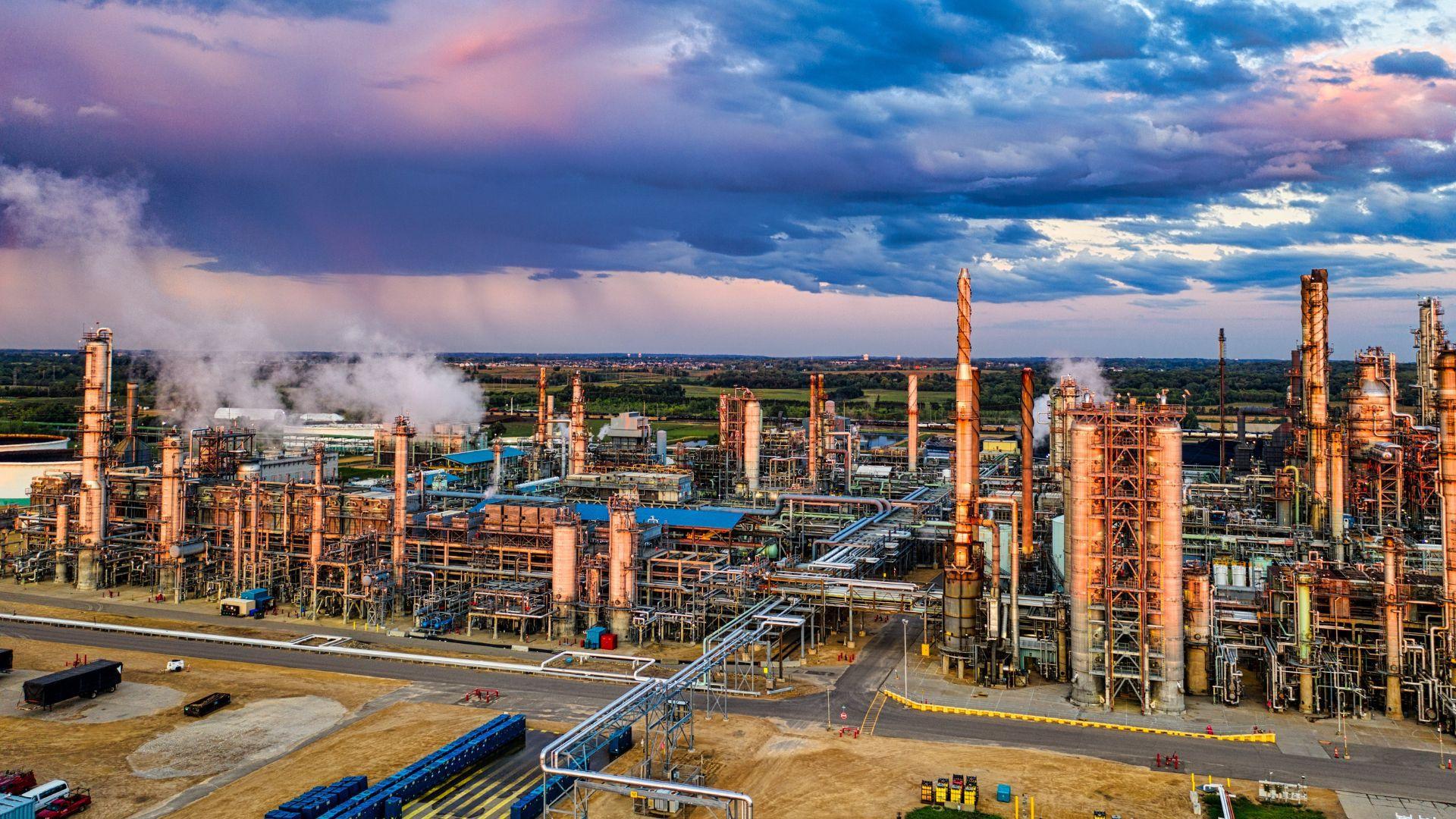
Rogoff explains in his article for Project Syndicate, that the volatility in oil and gas prices reflects broader economic uncertainties, with energy markets experiencing both demand and supply shocks.
He writes, “The resulting volatility in energy markets is both a reflection and a microcosm of a careening global economy.”
The Pandemic’s Unprecedented Effect on Oil Prices

The spread of COVID-19 had a profound impact on the global oil market, leading to a significant drop in demand and prices, Rogoff notes in Project Syndicate.
At one point, demand plummeted from approximately 100 million barrels a day to 75 million barrels a day. The inability of suppliers to quickly adjust led to an extraordinary situation where oil prices briefly fell to minus $37 per barrel in April 2020.
Investment Challenges in the Oil and Gas Sector
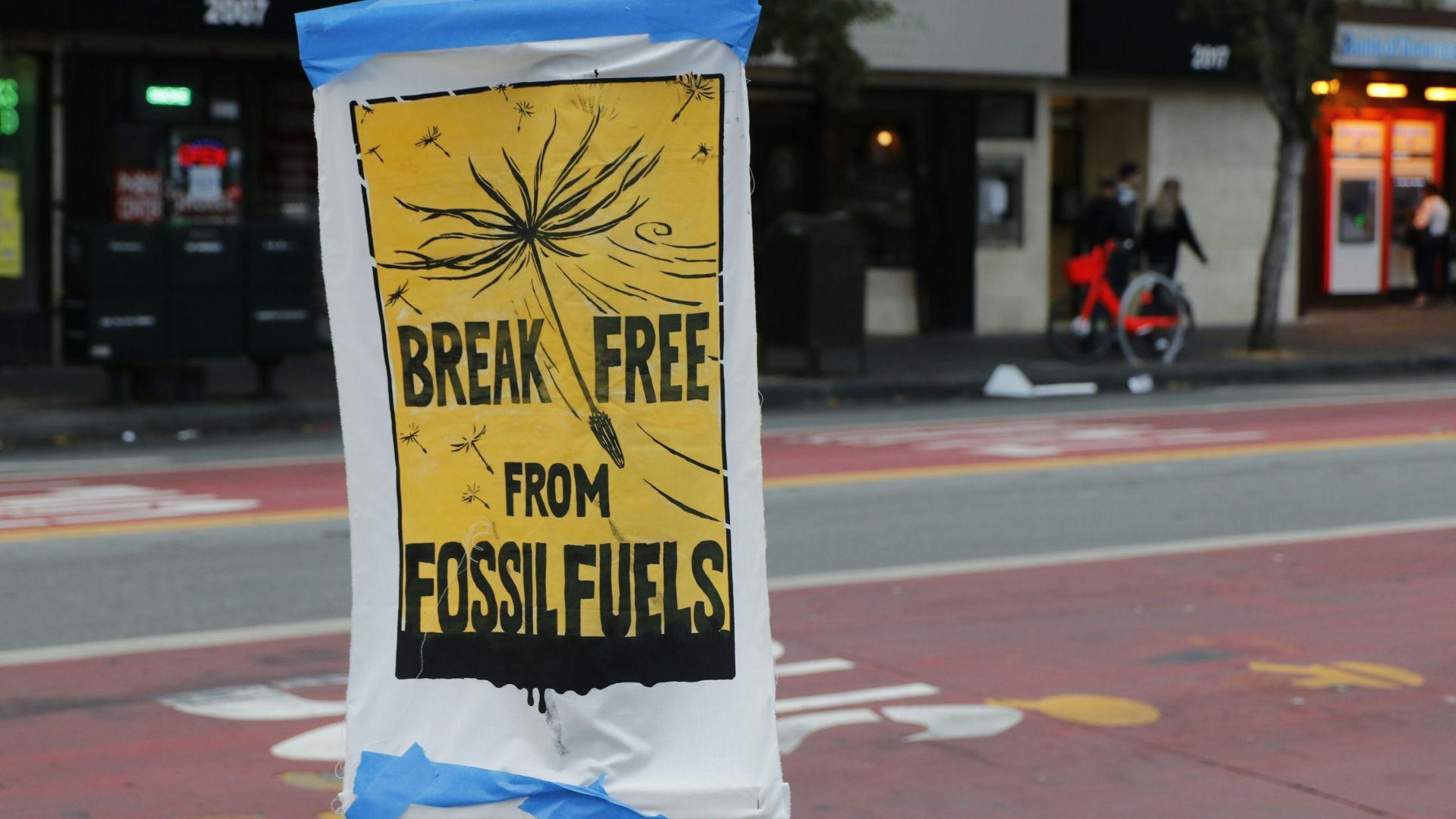
Investment in new oil and gas production has been weak, exacerbated by global initiatives to transition away from fossil fuels.
This trend, influenced by environmental, social, and governance investing and regulations, has made financing for oil and gas projects more difficult. The World Bank, for instance, no longer finances fossil-fuel exploration, including natural gas projects, per Rogoff in Project Syndicate.
The Complex Path to Green Energy
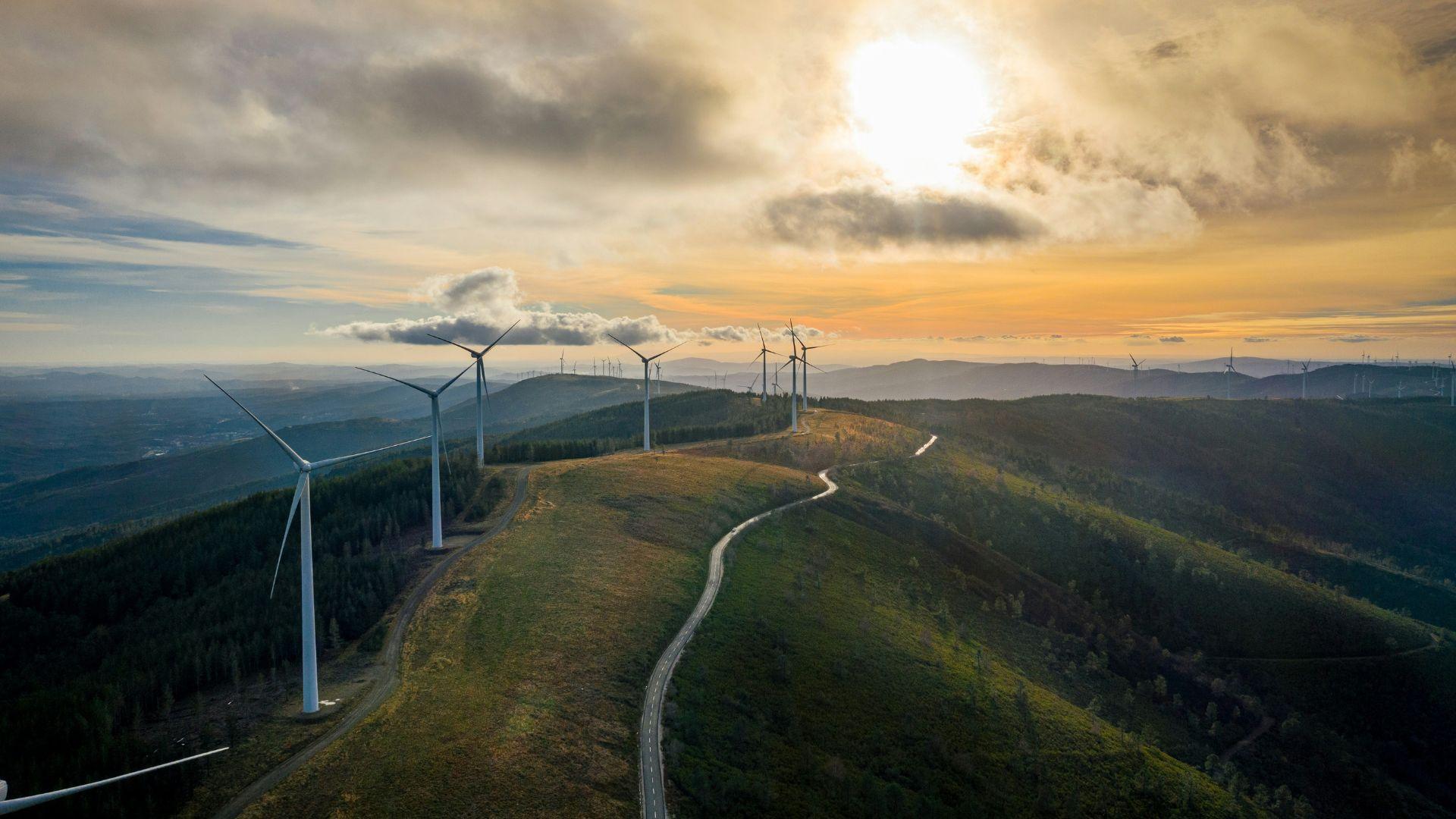
Rogoff explains in Project Syndicate, that the transition to green energy is fraught with challenges, especially in light of recent global events such as the Ukraine crisis.
European and US ambitions for a fast-track green energy transition face significant hurdles, as the recent crisis has exposed the difficulties in reducing reliance on fossil fuels.
Policy Dilemmas in Addressing Climate Change

The debate around implementing a global carbon price highlights the difficulties in aligning policy with environmental goals.
Rogoff suggests in Project Syndicate that a reliable carbon pricing mechanism could facilitate the transition to green energy. However, the political and economic implications of such policies are complex, indicating the challenges in balancing environmental objectives with economic realities.
The Uncertain Future of Energy Prices
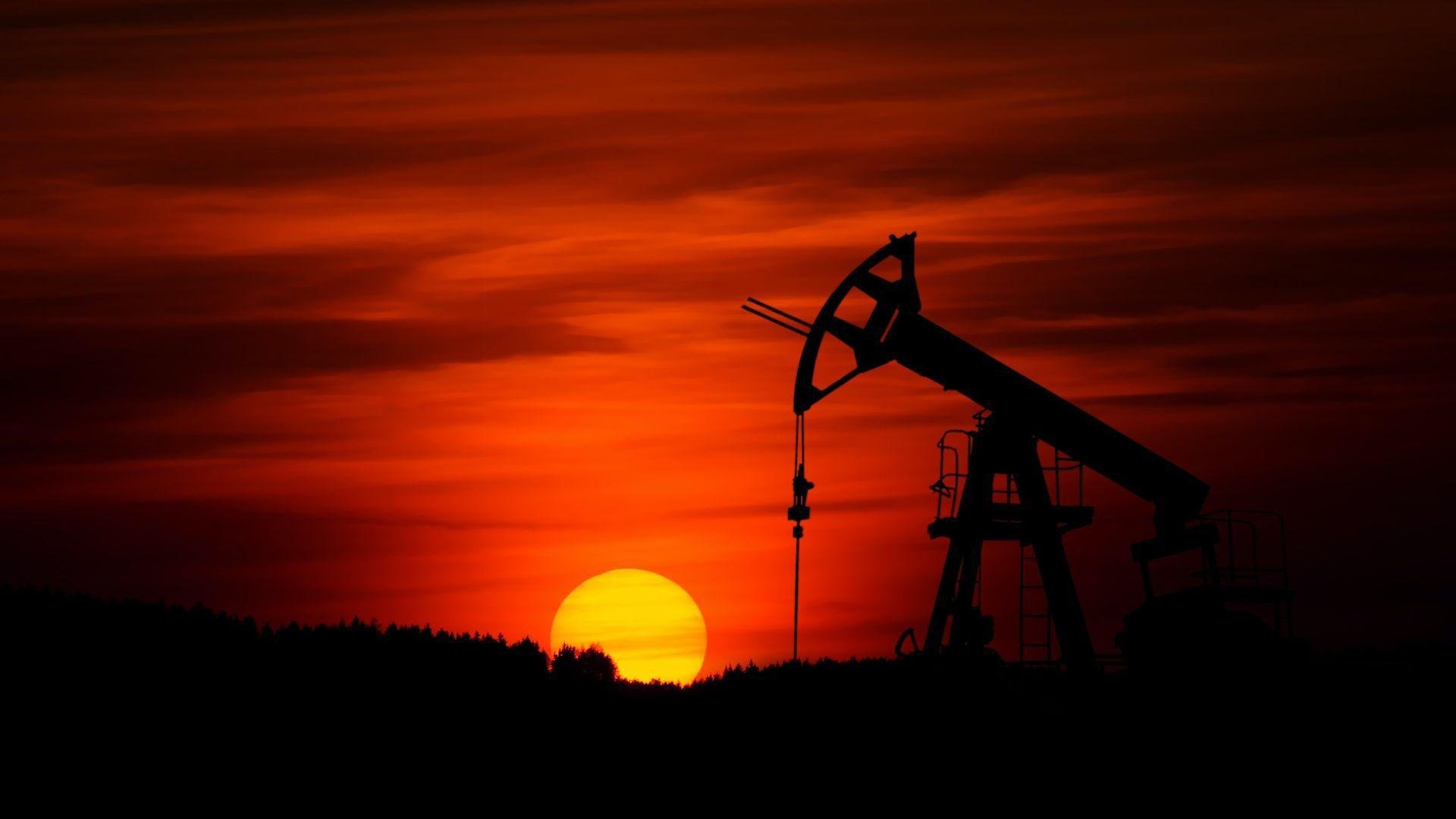
Despite recent trends, the long-term outlook for oil and gas prices remains uncertain, with potential for continued rise due to various factors including geopolitical tensions and economic rebounds.
Rogoff, in his article, emphasizes the need for strong policy measures to manage the volatility in the energy market, stressing the importance of strategic planning and investment in addressing the ongoing challenges in the energy sector.
